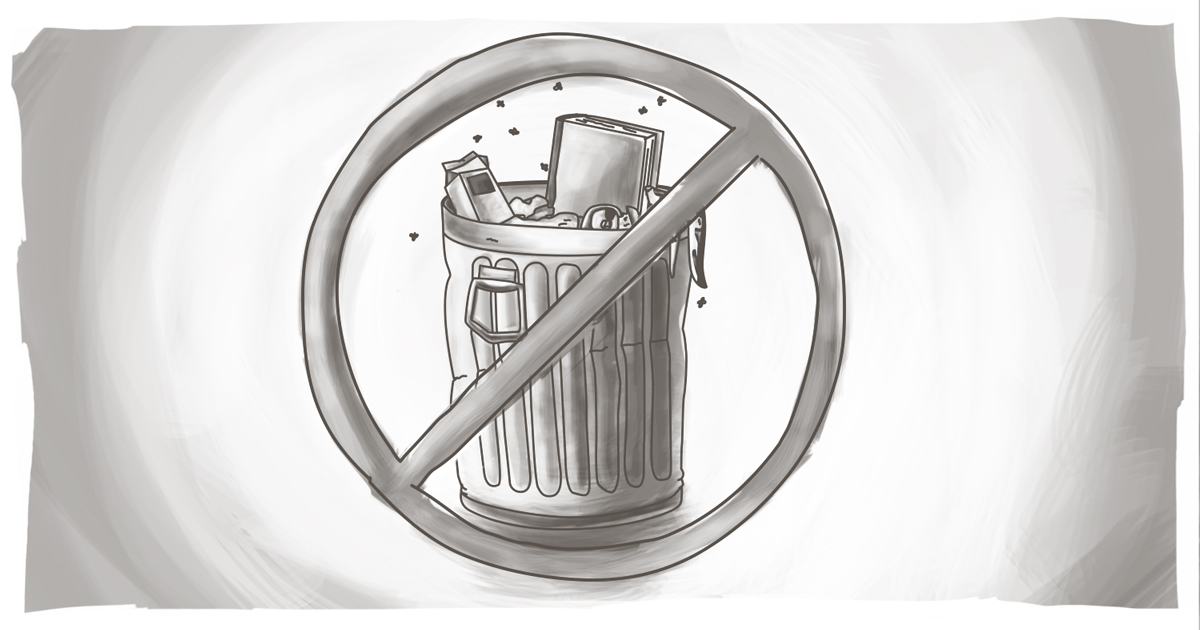Is a Bird in the Hand Worth Burning the Bush? The Real Cost of Aggressive Communication

So... remember this experiment? Where I tilted at the virtual windmill that is The Quick-Fix, Snake-Oil-Salesman Approach to Creating Content?
Well, there's no such thing as a free lunch. And I continue to pay for that foray into frivolity.
From that initial vein, I've been able to mine a second post. Without further ado: how your digital marketing efforts may be serving to turn your customers into adversaries.
Too Much, Too Soon
Almost immediately I started receiving e-mails offering the next offer. Or an even better offer! Or a link to something else I might be interested.
It was every day. It was too much.
I'm not saying you have to have a three-day rule or anything like that. But you need to know your market. If you want to be a pushy salesperson, you're going to be treated like one. Or, worse, ignored.
An e-mail a day is too much -- especially when it has no value to me. We'll talk about that shotgun approach next.
Volume Does Not Equal Value
In the section above, I stated that a message a day was too much. And while that's true in this case, it's not meant to be a one-size-fits-all standard proclamation. In fact, in a best-case scenario, there's really no limit to how many times you can e-mail me in a day -- with one caveat.
There must be value in the vast majority of your communications with me. And if there is, then you can continue to send me more items of value. But if there's no value, then I'm just tuning you out.
Pseudo Personalization is Worse Than Generic
"I can't believe you haven't taken advantage of this deal yet," or "You're not going to let this opportunity pass you by, are you?"
I can. And yes.
Of course, you're not really talking to me. I know it, you know it... so why the pretense?
I have no problem if you're personalizing an e-mail in the text. That makes sense -- and even though I know it's a bit of coding magic, I'm willing to let myself be bamboozled.
But, hey, Jay? Don't you always harp on about the What's in it for Me? focus? Isn't that what those subject lines are trying to do? Yes, but no.
There's a difference between forced targetting and actual targetting. Including my name or trying to make your message conversational doesn't work in isolation -- and it's actively off-putting if the content that follows shows you have no idea about what I want or required.
Focus on personalizing the content to meet my needs, then wrap it all up with a pretty, personalized bow.
Not Just Unsubscribed; Now I'm Uninterested. Permanently.
Too much, too soon, too irrelevant, too pushy, too sale-sy, and -- again most importantly -- too little value to me.
So what's the result of your aggressive push to get me to purchase any variation of your product and service? What has your constant bombarding me with non-relevant content simply because I found one thing that had relevance to me in the past created?
In my case, a one-bitten, 13-times shy non-customer who will happily warn off anyone who may be interested in signing up for something that this customer offers. Not only that, but even if there is something that interests me in the future from this company, I won't be clicking or supporting it.
After all, the rewards are simply not worth the hassle of your constant e-mail barrage.
You would think someone that's preaching about their expertise in social engagement would get it. But this is also bottom-of-the-barrel behaviour that is appealing to those who are new to digital marketing. There are still a lot of people and companies out there who value likes and other artificial metrics; and there are a lot of snake-oil peddlers out there who are good at getting those numbers up.
But what does it mean in the end? Is it impacting your sales in a positive manner? More importantly, is it impacting your company's perception and reputation in a negative manner?
Sure, aggressive marketing tactics like this may get you a sale or two, but how many potential, long-term customers are you alienating? Are the two sales now worth turning potential customers into brand adversaries -- not only not purchasing from you, but actively working, through negative referrals and discussions, to sway others against your brand?
Are those few birds in the hand worth setting fire to the bush that may house many more future customers?
SUBSCRIBE TO OUR E-NEWSLETTER
 Subscribe
Subscribe


